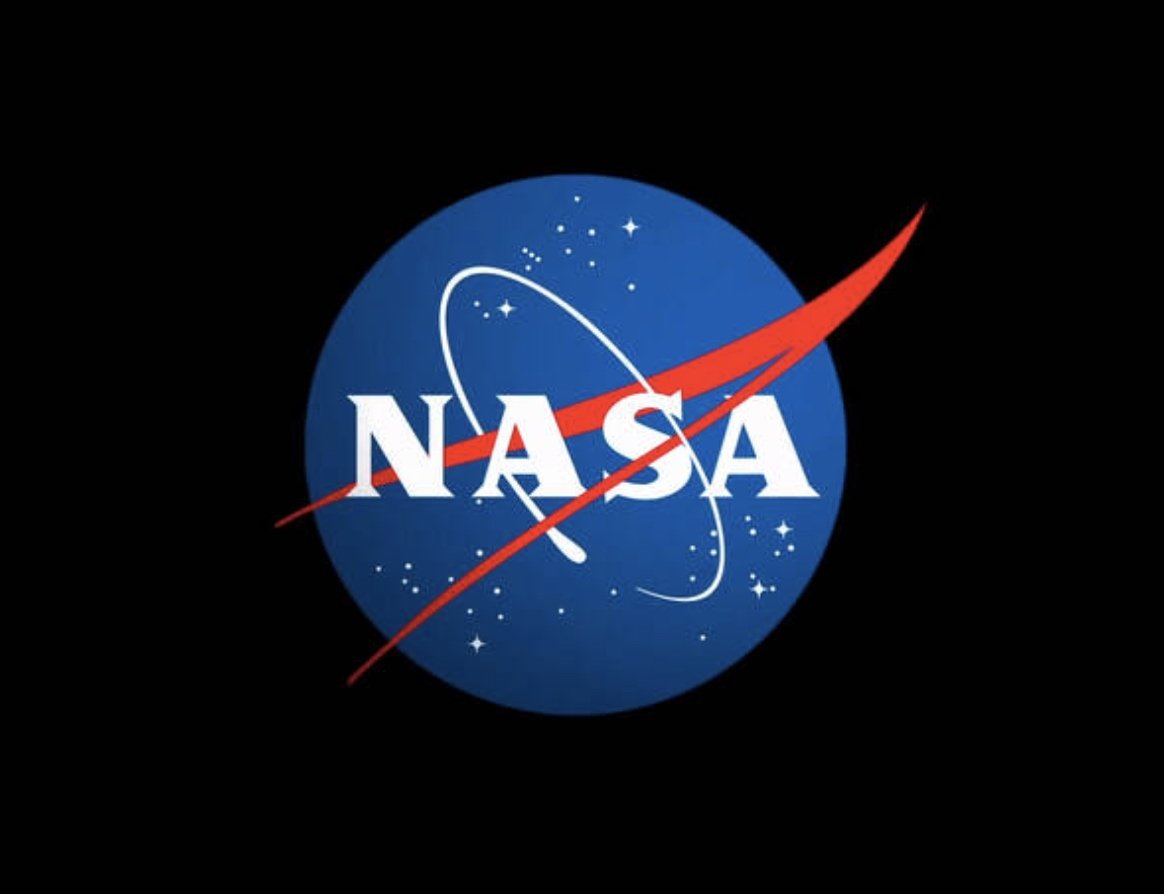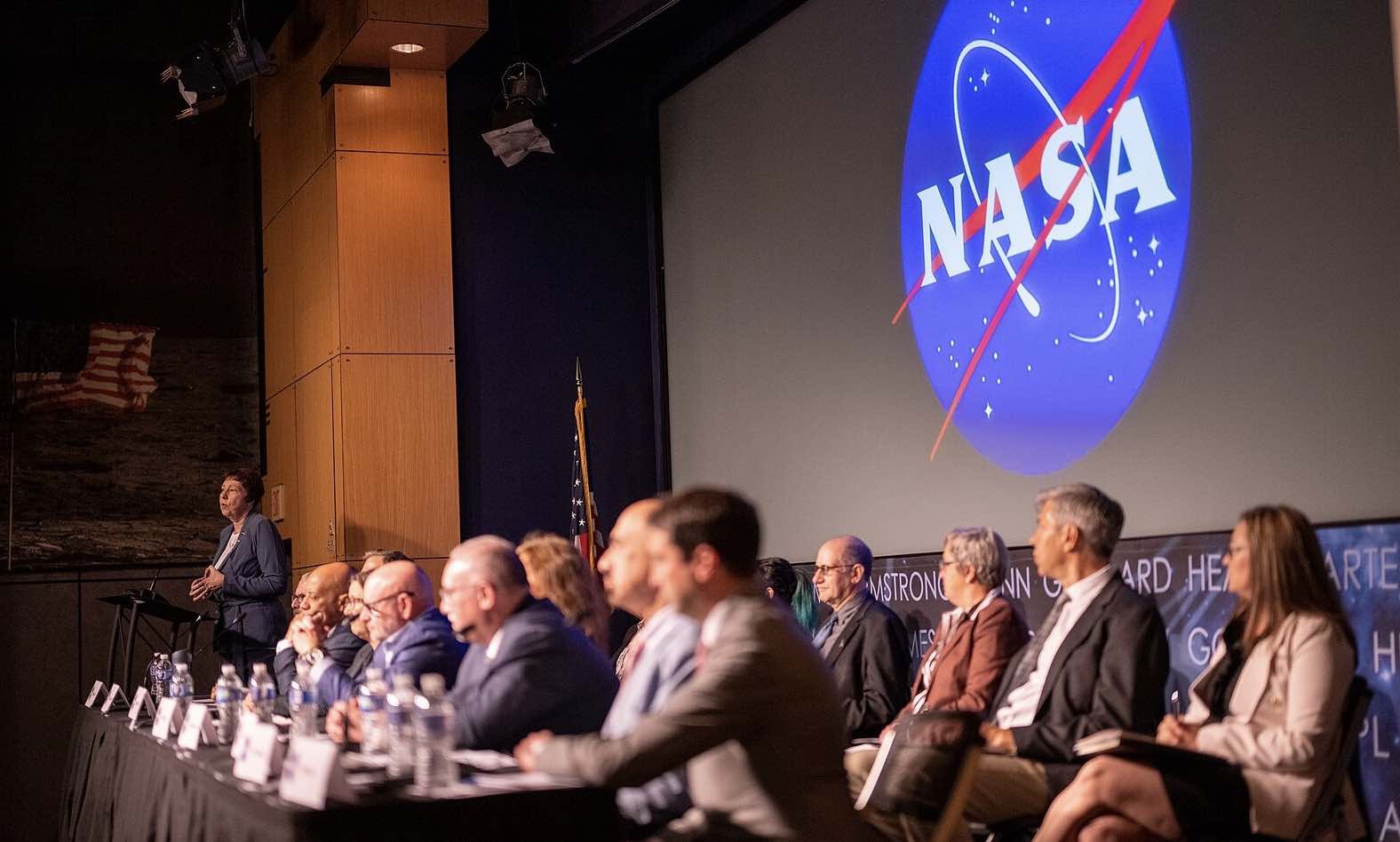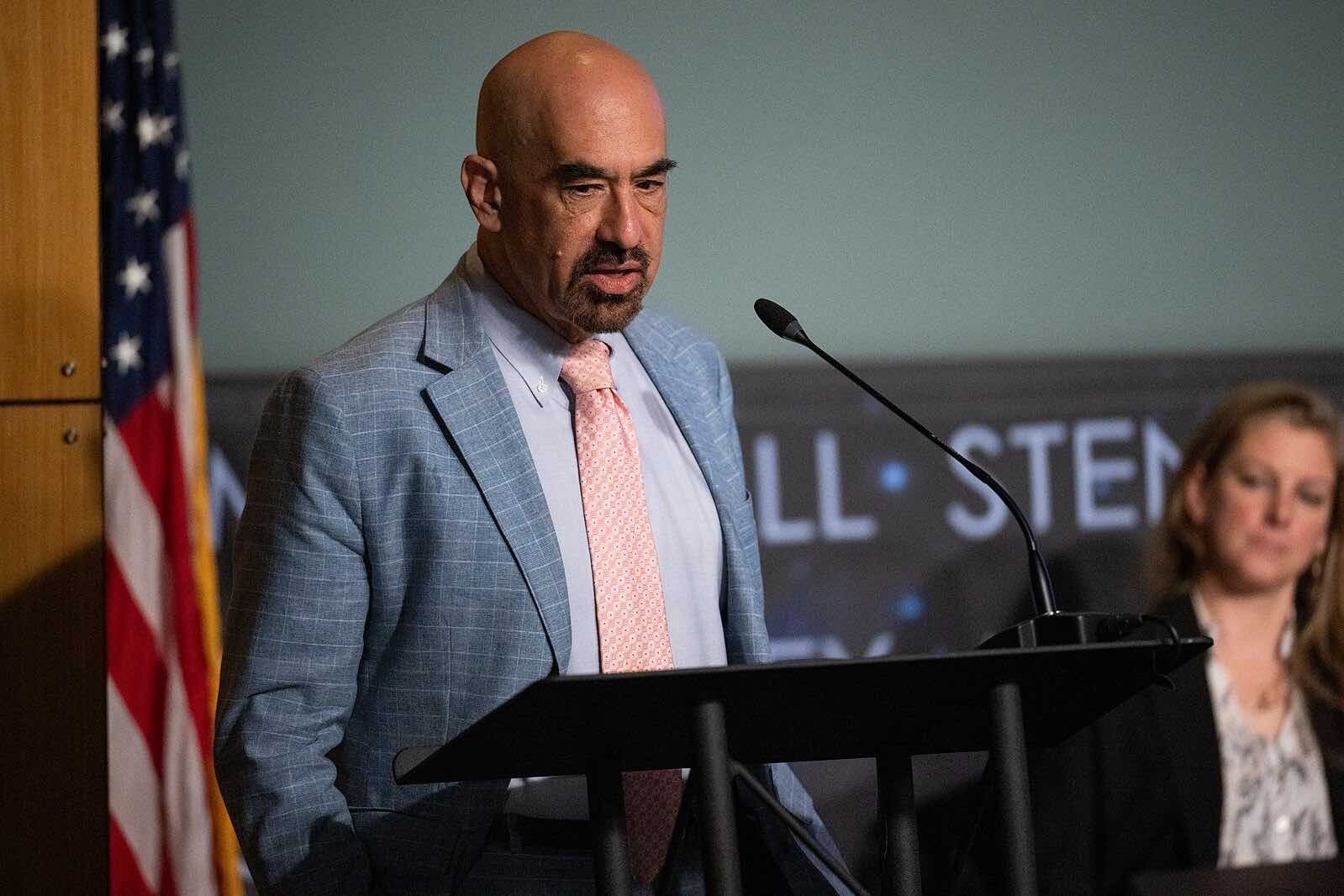

Welcome to this week’s installment of The Intelligence Brief… the results of an assessment by NASA’s Unidentified Anomalous Phenomena (UAP) Independent Study Team are in. In our analysis, we’ll be looking at 1) what the study set out to achieve, 2) what the results of the team’s study entailed, and 3) how the NASA team’s recommendations could improve our understanding of UAP going forward.
Quote of the Week
“Out beyond our world there are, elsewhere, other assemblages of matter making other worlds. Ours is not the only one in air’s embrace.”
– Lucretius, Roman philosopher, first century B.C.
Latest News: In recent coverage from The Debrief, the U.S. Naval Research Laboratory is funding the development of a morphing hypersonic engine that can change shape during flight. Also, IARPA’s SMART ePANTS wants to revolutionize wearable technology and take advanced smart textiles to new heights. You can find all our latest headlines at the end of this week’s newsletter.
Podcasts: In podcasts from The Debrief, this week on The Debrief Weekly Report, MJ and Stephanie discuss ancient runic languages, the future of hydrogen power, and much more. Over on The Micah Hanks Program, I examine why the All-domain Anomaly Resolution Office is hunting metallic spherical UAP, and what that could mean. You can subscribe to all of The Debrief’s podcasts, including audio editions of Rebelliously Curious, by heading over to our Podcasts Page.
Video News: On the latest episode of Rebelliously Curious, Jim Smith, Professor of Environmental Science in the School of the Environment, Geography, and Geosciences at the University of Portsmouth, joins Chrissy Newton to discuss the science and what we should know about radioactive wastewater. Also, check out the latest episode of Ask Dr. Chance where Dr. Glenn answers questions about climate change. You can get other great content from The Debrief on our official YouTube Channel.
With that behind us, it’s time we shift our attention over to several key takeaways from the report recently published by NASA’s Unidentified Anomalous Phenomena Independent Study Team.
NASA’S UAP Independent Study Team Report
A widely anticipated report detailing the assessments of NASA’s Unidentified Anomalous Phenomena Independent Study Team (UAPIST) published on Thursday called for better data about mysterious aerial phenomena that cannot be linked to aircraft or known natural phenomena.
“NASA searches for the unknown in air and space,” Nelson said, citing his agency’s current efforts to search for potential signs of life on Mars. “It’s in our DNA to explore and to ask why things are the way they are.”
Nelson said the UAP Independent Study Team was formed with the aim of shifting the UAP dialogue “from sensationalism to science, and to make sure that whatever we find, or whatever we recommend, to make sure that information is shared around the world.”


“Most UAP sightings result in very limited data,” Nelson said, noting that the Independent Study Team brought together some of the best experts in various fields to help learn “how to apply the full focus of science and data” toward resolving the UAP question.
Notably, Nelson said during Thursday’s media call that NASA “has appointed a NASA Director of UAP Research,” although the individual appointed to this position was not named during Thursday’s media conference.
“This is the first time that NASA has taken concrete action to seriously look into UAP,” Nelson said during Thursday’s media call.
“If you ask me, do I believe there’s life in a universe that’s so vast,” Nelson added, “my personal answer is yes.” However, Nelson emphasized that NASA did not find any evidence that UAP have an extraterrestrial source.
With those remarks in mind, it’s time we take a quick look at a few of the things NASA did find, and what it conveys about NASA’s role in the U.S. government’s study of UAP going forward.
The UAP Independent Study Team’s Conclusions
“The study of Unidentified Anomalous Phenomena (UAP) presents a unique scientific opportunity that demands a rigorous, evidence-based approach,” the UAP Independent Study Team’s report states. “Addressing this challenge will require new and robust data acquisition methods, advanced analysis techniques, a systematic reporting framework and reducing reporting stigma.”


The study’s authors say NASA is uniquely positioned “to contribute to UAP studies within the broader whole-of-government framework led by the All-domain Anomaly Resolution Office (AARO).” Offering guidance on what kinds of information will be most useful in helping determine the nature and origin of UAP going forward, the team’s report did not provide findings related to past UAP sightings.
“At present, analysis of UAP data is hampered by poor sensor calibration, the lack of multiple measurements, the lack of sensor metadata, and the lack of baseline data,” the authors state in the report. “Making a concerted effort to improve all aspects is vital, and NASA’s expertise should be comprehensively leveraged as part of a robust and systematic data acquisition strategy within the whole-of-government framework.”
Key Findings from the UAPIST Report
“The panel’s comprehensive study into UAP has led to several crucial findings,” said David Spergel, chair of NASA’s UAP independent study team, during Thursday’s media call.
Along with the news that NASA has appointed a Director of UAP Research, among the key findings in the study team’s report were the following:
NASA Could Play a Significant Role in the Study of UAP: According to the report’s authors, “NASA’s assets can play a vital role by directly determining whether specific environmental factors are associated with certain reported UAP behaviors or occurrences.” Citing the available scientific resources at the agency’s disposal, the report’s authors say that “NASA has a variety of existing and planned Earth- and space-observing assets, together with an extensive archive of historic and current data sets, which should be directly leveraged to understand UAP.”
However, NASA Also Says Better Data is Needed: Despite the agency’s optimism about the role it believes it may be able to play in understanding UAP, the UAPIST also notes that current analysis NASA and other agencies hope to undertake “is hampered by poor sensor calibration, the lack of multiple measurements, the lack of sensor metadata, and the lack of baseline data.
“Making a concerted effort to improve all aspects is vital, and NASA’s expertise should be comprehensively leveraged as part of a robust and systematic data acquisition strategy within the whole-of-government framework,” the report’s authors state.
Commercial Satellites and Remote Sensing Should be Utilized: NASA UAPIST also believes the amount of commercially-available information provided by the remote sensing industry “offers a potent mix of Earth-observing satellites that offer imagery at sub-to several-meter spatial resolution, which is well-matched to the typical spatial scales of known UAP. However, the study team did not say in its report whether it observed examples of UAP observed in satellite imagery, or if it was aware of any existing examples.
Use of AI and Machine Learning: NASA’s UAPIST emphasizes that AI and machine learning will be potentially among the most beneficial tools that may help to resolve questions about UAP, although current limitations with the availability and quality of data could hamper such efforts, as the authors note that “these powerful techniques will only work on well-characterized data gathered with respect to strong standards.”


“It always comes back to the data you feed back into your analysis,” David Spergel said during Thursday’s press conference. “If you don’t [have] good data, you’re not going to learn things.”
Increased Public Engagement: NASA’s UAPIST also found emphasized the need for public engagement to help battle stigmas that have prevailed against UAP reporting in the past, which potentially have hampered data collection efforts. “The negative perception surrounding the reporting of UAP poses an obstacle to collecting data on these phenomena,” the authors of the report state. “NASA’s very involvement in UAP will play a vital role in reducing stigma associated with UAP reporting, which almost certainly leads to data attrition at present.”
NASA’s UAPIST Thinks Crowdsourcing Data Could Work: Also intriguing is the report’s discussion about ways data could be collected, which includes discussion of crowdsourcing data, as well as the institution of a more formalized public reporting system for UAP. According to the study’s authors, NASA should “explore the viability of developing or acquiring such a crowdsourcing system as part of its strategy,” and also “should play a vital role by assisting AARO in its development of this Federal system.”
UAP Could Pose a Threat to Aviation: Echoing sentiments from earlier reports and related dialogue about safety issues resulting from UAP, the report’s authors write that “the threat to U.S. airspace safety posed by UAP is self-evident.”
“The panel finds that a particularly promising avenue for deeper integration within a systematic, evidenced-based framework for UAP is the Aviation Safety Reporting System (ASRS), which NASA administers for the FAA,” the authors also state, referencing NASA’s reporting system that is maintained on behalf of the FAA for collecting data on incidents related to aviation safety (for more information on UAP reports already filed with the ASRS, see The Debrief’s recent reporting on UAP sightings logged by aviators in NASA’s ASRS, who viewed these objects as potential safety concerns).
Dr. Nicola Fox, Associate Administrator of NASA’s Science Mission Directorate, writes in the report that “By setting up this independent study team, NASA gained important external perspectives from leading experts in our nation for how we can use our resources to advance the study of UAP data and explore the unknown in air and space for the benefit of all.”
“While today is a significant step for NASA,” Nelson said during Thursday’s media call, “it’s certainly not our final step.” If there is really any clear takeaway from the UAPIST report and its findings, it is that NASA’s involvement in the collection and analysis of data on UAP is really just beginning… and there is much work that awaits in the years ahead.
For more on NASA’s UAPIST report and its findings, be sure to see The Debrief’s complete coverage for additional in-depth analysis and expert commentary.
That concludes this week’s installment of The Intelligence Brief. You can read past editions of The Intelligence Brief at our website, or if you found this installment online, don’t forget to subscribe and get future email editions from us here. Also, if you have a tip or other information you’d like to send along directly to me, you can email me at micah [@] thedebrief [dot] org, or Tweet at me @MicahHanks.


Here are the top stories we’re covering right now…
- Unlocking the Symphony of Dreams: Recent Study Translates Musical Genius from Lucid Dreams to Reality
A groundbreaking neuroscience study has successfully transmitted melodies from lucid dreams to waking reality.
- The Sol Foundation: How a New Think Tank of Academics is Applying ‘Cutting-Edge Research’ to the UAP Mystery
In an exclusive interview, Garry Nolan and Peter Skafish speak with The Debrief about the Sol Foundation, and how it aims to reframe the debate on UAP.
- Here Comes the Pain: Red Fire Ants Are Invading Europe
Red fire ants have finally crossed the sea into Europe, bringing their painful sting and potentially devastating environmental consequences.
- U.S. Naval Research Laboratory Developing Incredible Morphing Hypersonic Engine
The U.S. Naval Research Laboratory Is Funding the development of a morphing hypersonic engine that can change shape during flight.
- SMART ePANTS Unveiled: How Game-Changing Smart Textiles Will Reshape the Future of Espionage and Everyday Wear
IARPA’s SMART ePANTS wants revolutionize wearable technology and take advanced smart textiles to new heights.
- Runes, Robots, and Replicating Hydrogen This week on The Debrief Weekly Report…
On today’s episode, we discuss Apollo, a new humanoid robot that could be your new coworker. We also dive into research concerning an ancient runic langauge known as Futhark, and the future of hydrogen power as scientists develop a novel method to extract the element from water.
- DARPA Wants to Use Lasers to Send Energy Directly to War Zones. This Is the Wireless Power Beaming Technology That Will Make It Happen.
PowerLight’s game-changing wireless power beaming technology is driving DARPA’s POWER program. Here’s how it could also change the future of energy transmission.
- AI Artists Advocate for Inclusion in Open Letter to Congress
In a move that underscores the evolving landscape of the art world, a group of professional AI artists have penned an open letter to the US Congress.
- Introducing Replicator, The Pentagon’s New ‘Game-Changing’ AI Drone Initiative
This week’s newsletter looks at the DoD’s new Replicator initiative to leverage autonomous systems against emerging military threats.
- Psychedelic Neural Hypersynchrony Could Illuminate Human Consciousness, Suggests New Research
Psychedelic neural hypersynchrony could revolutionize our understanding of consciousness, according to a recent groundbreaking study.
- Japan’s Decision to Release Radioactive Fukushima Wastewater into the Pacific
Jim Smith, Professor of Environmental Science in the School of the Environment, Geography, and Geosciences at the University of Portsmouth, joins Chrissy Newton to discuss the science and what we should know about radioactive wastewater.
